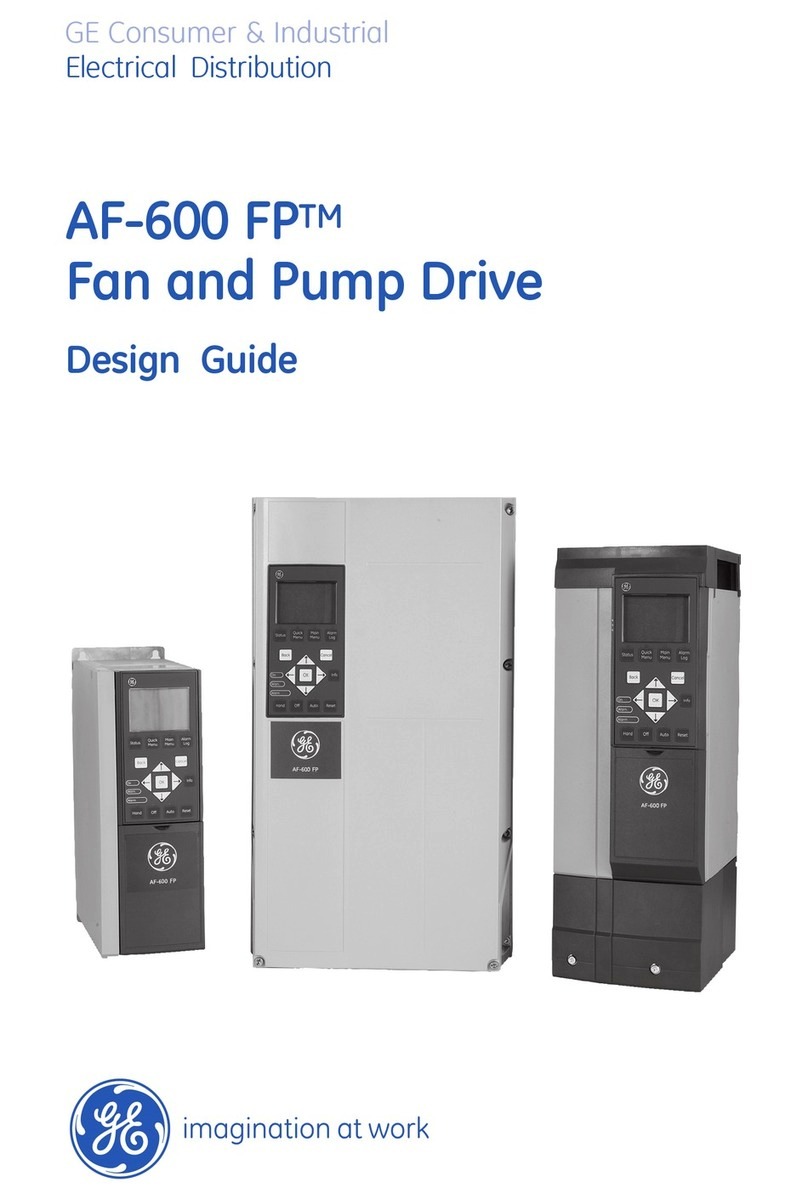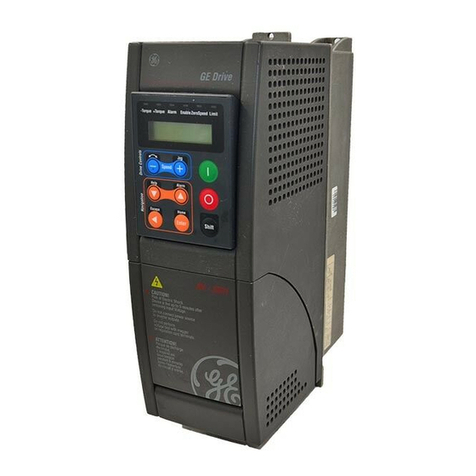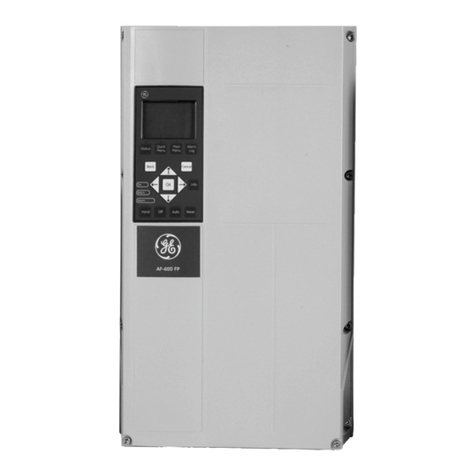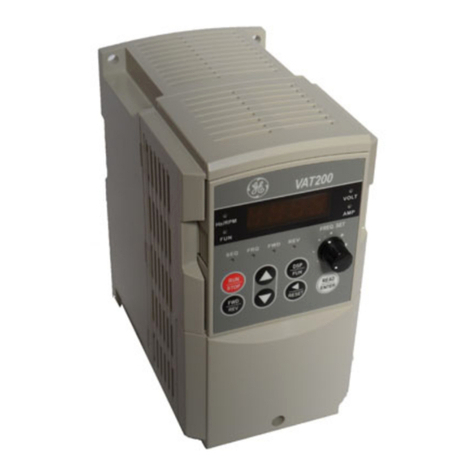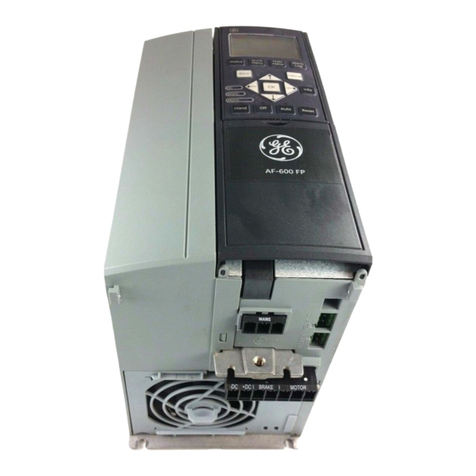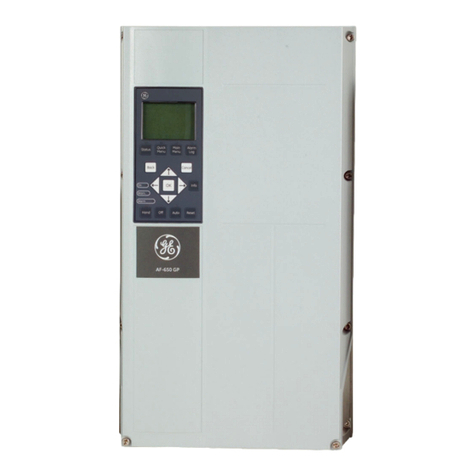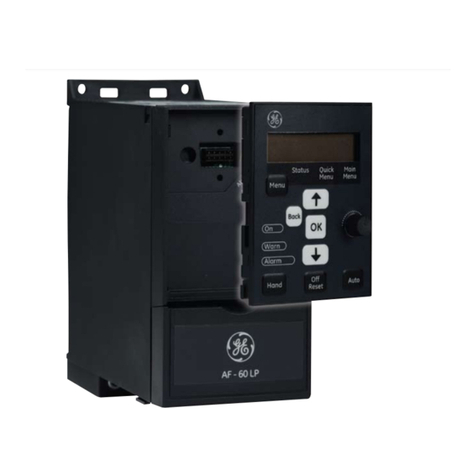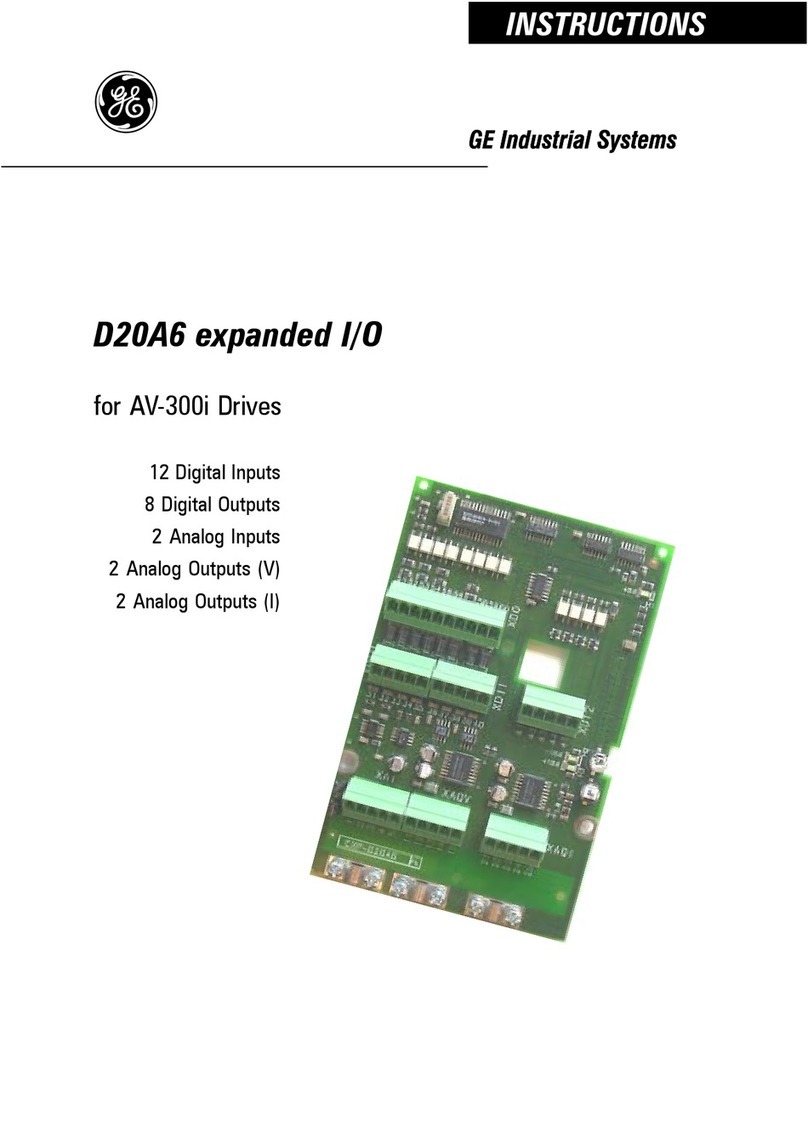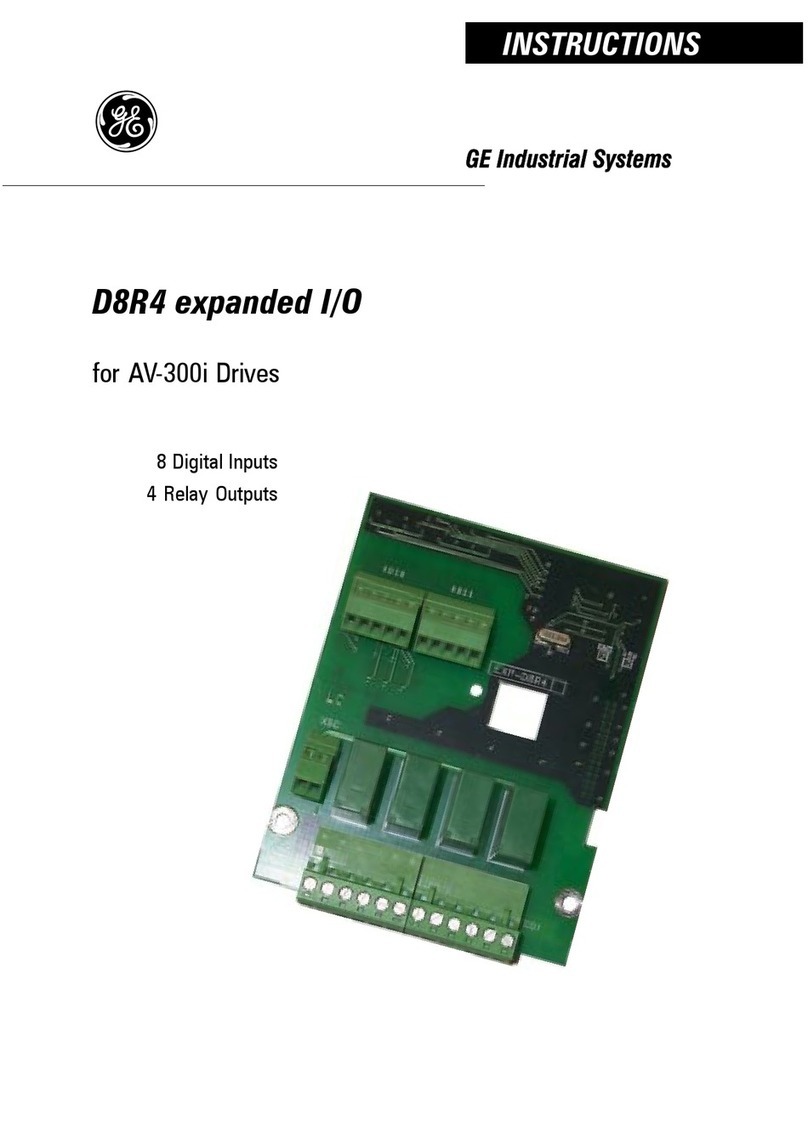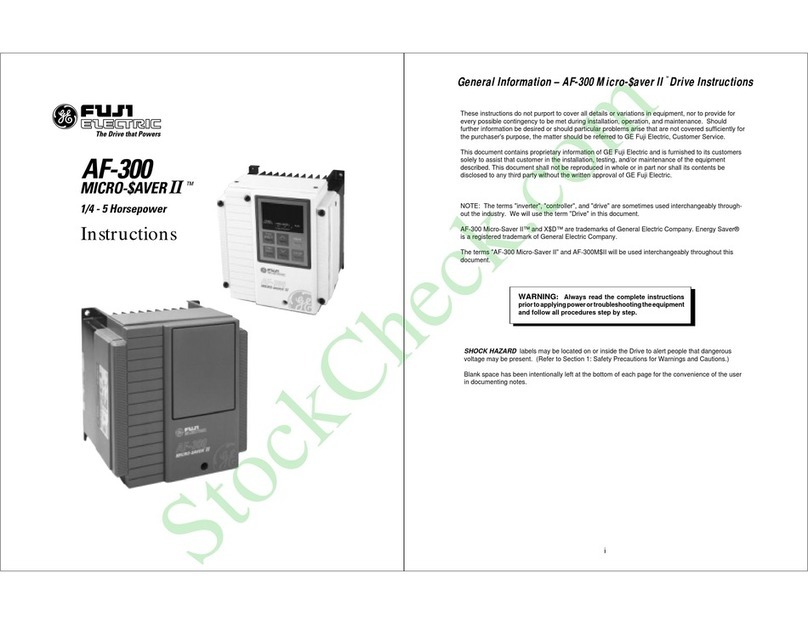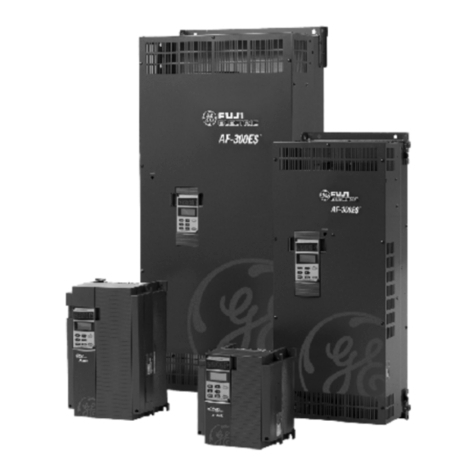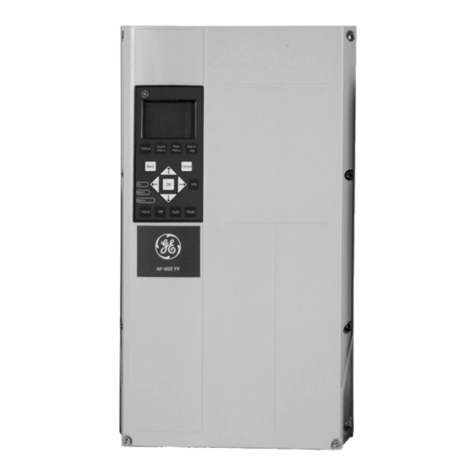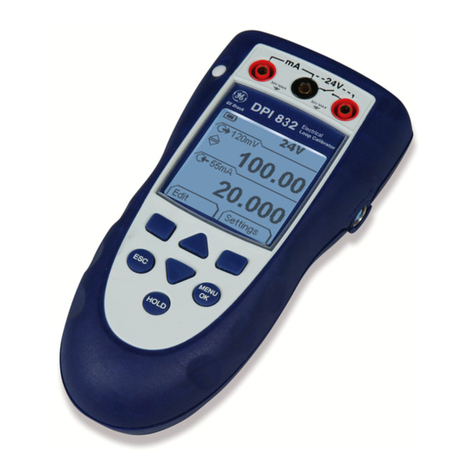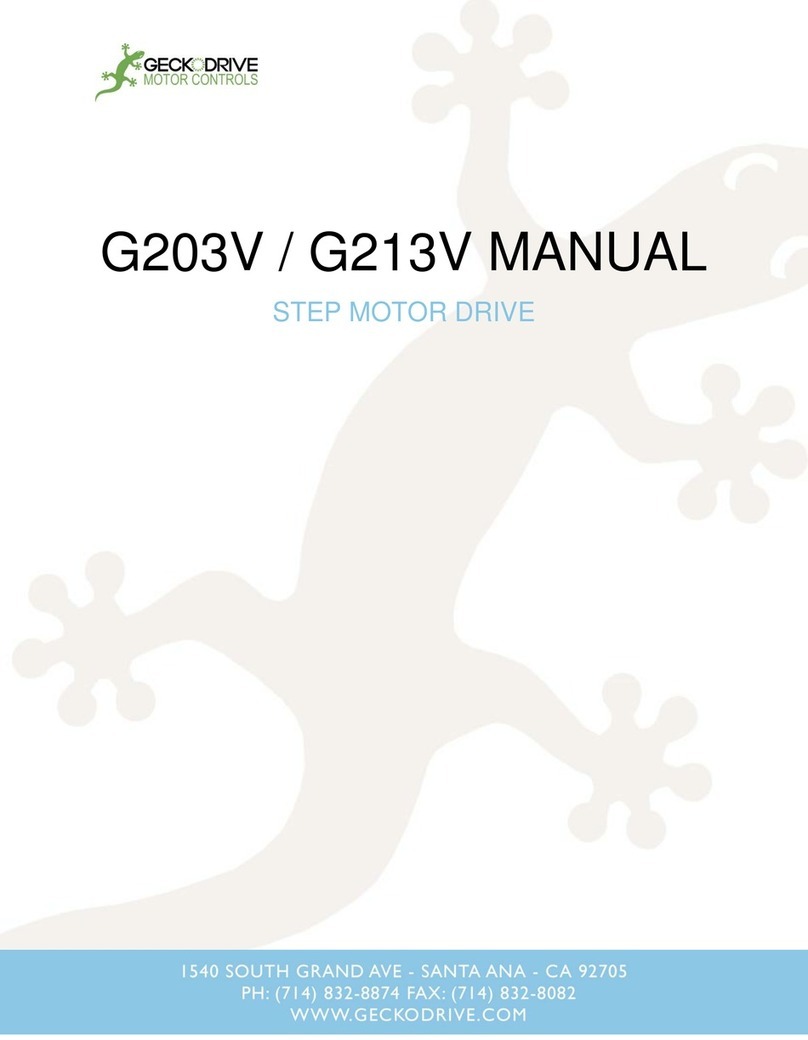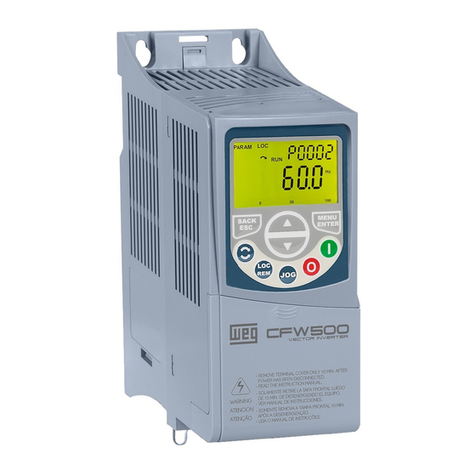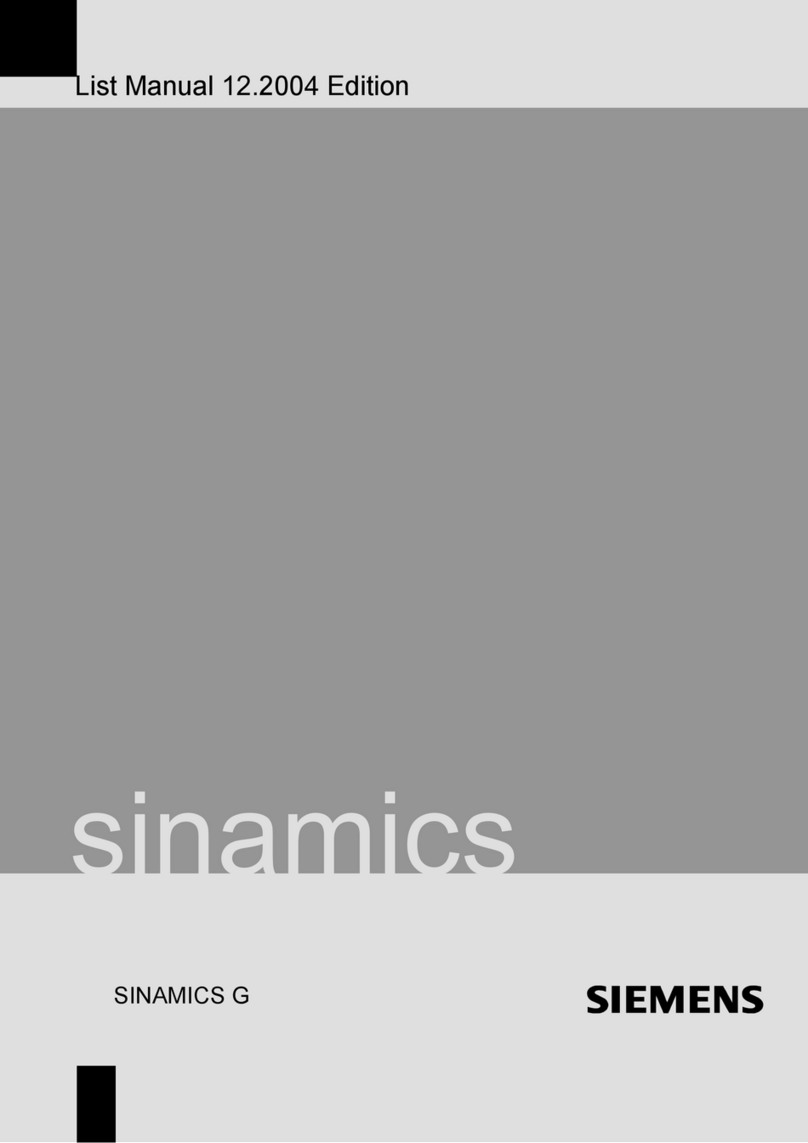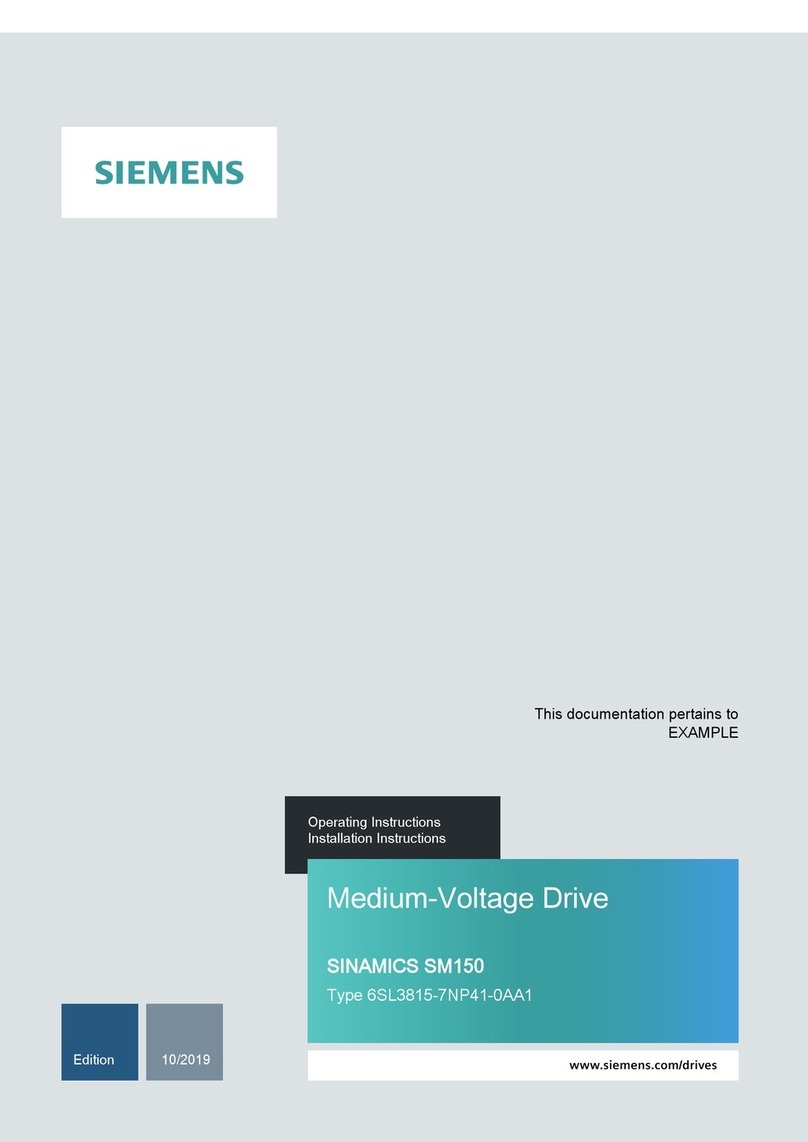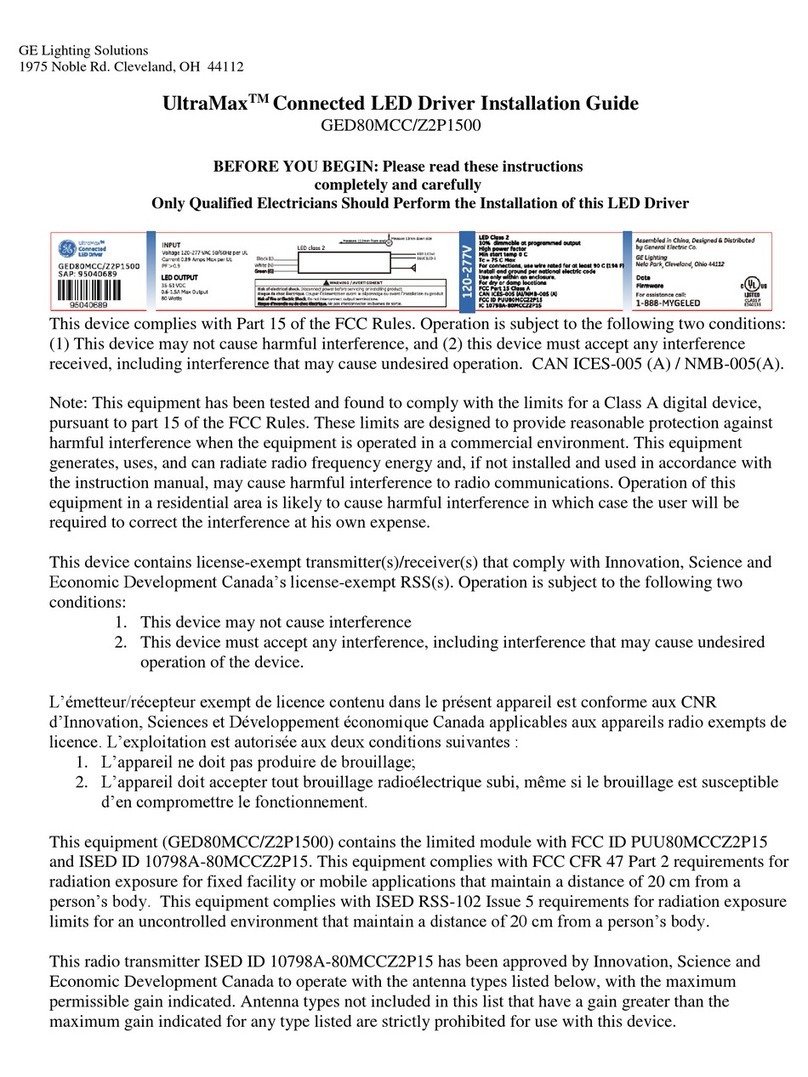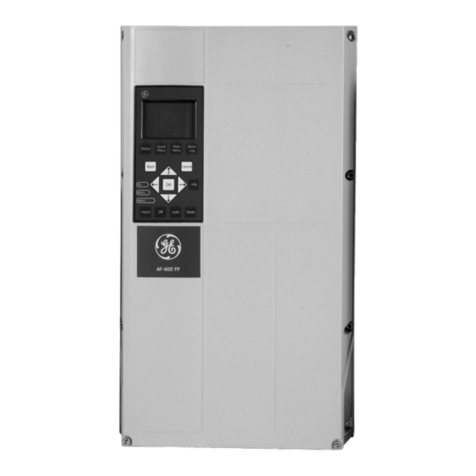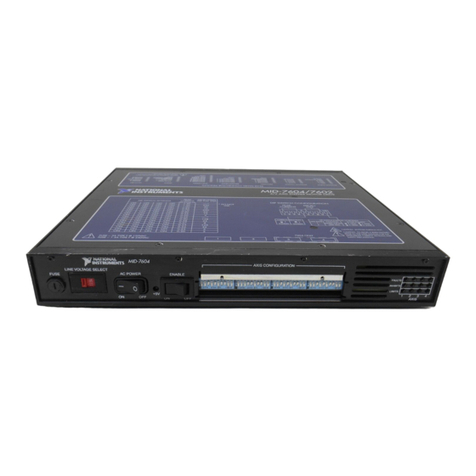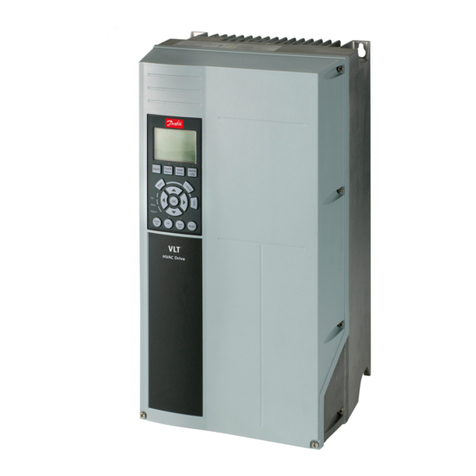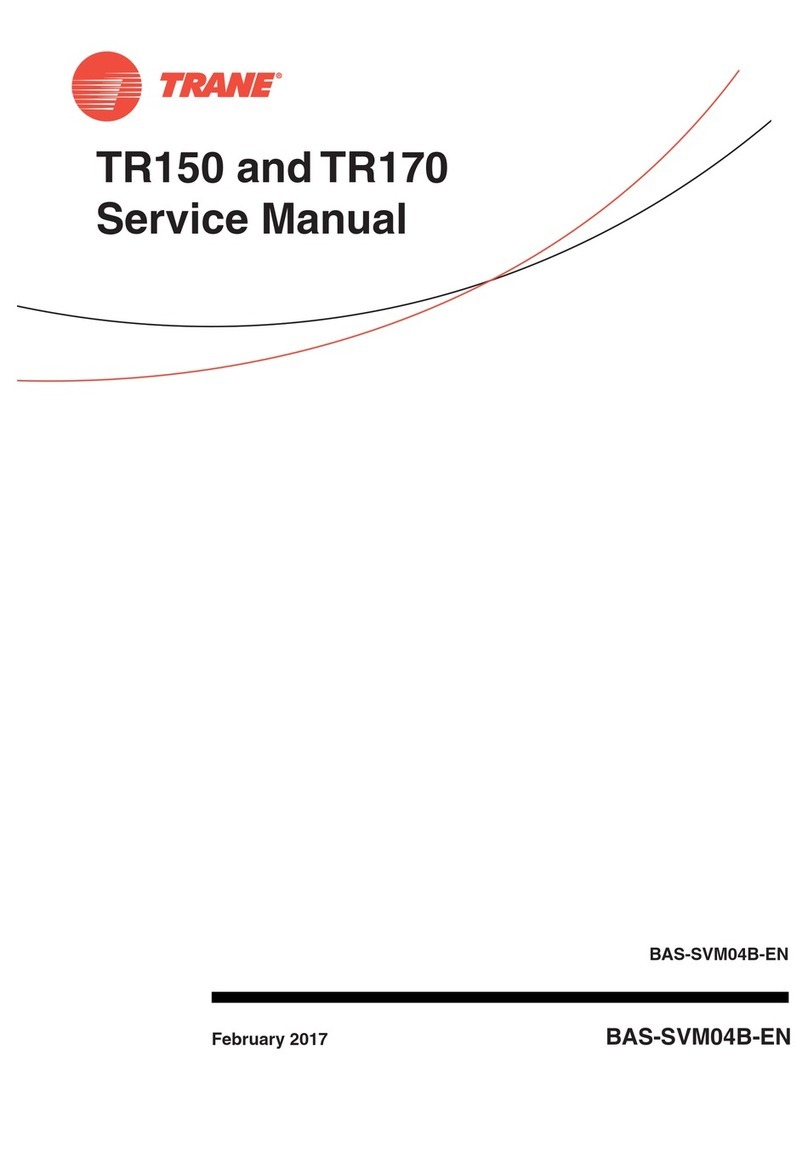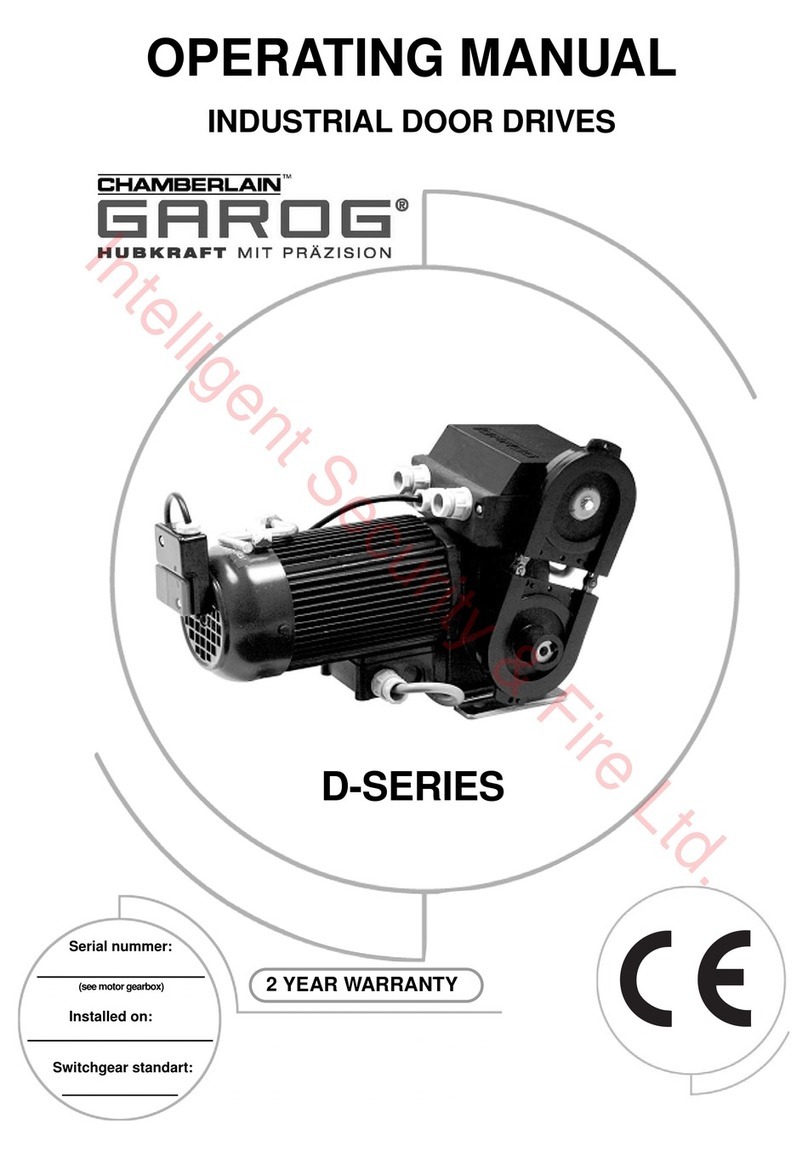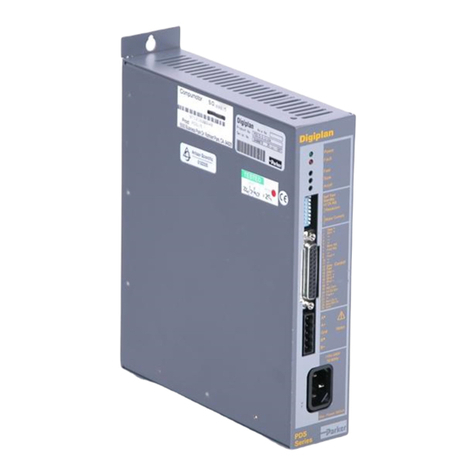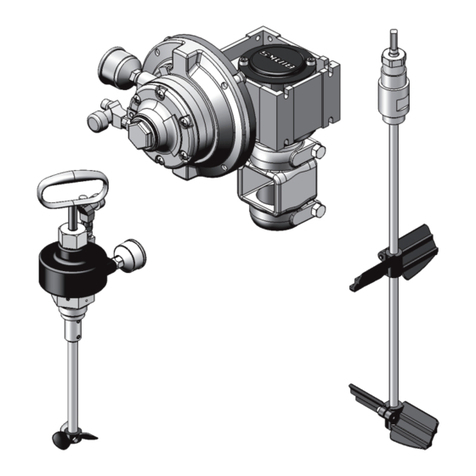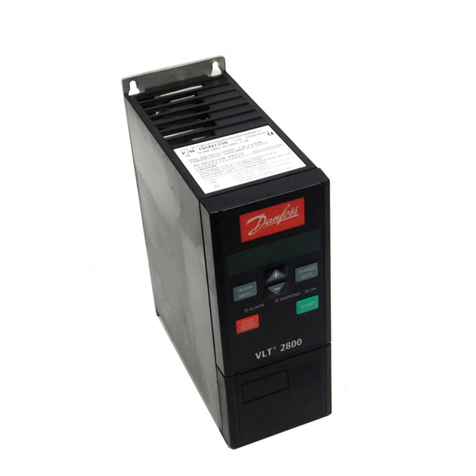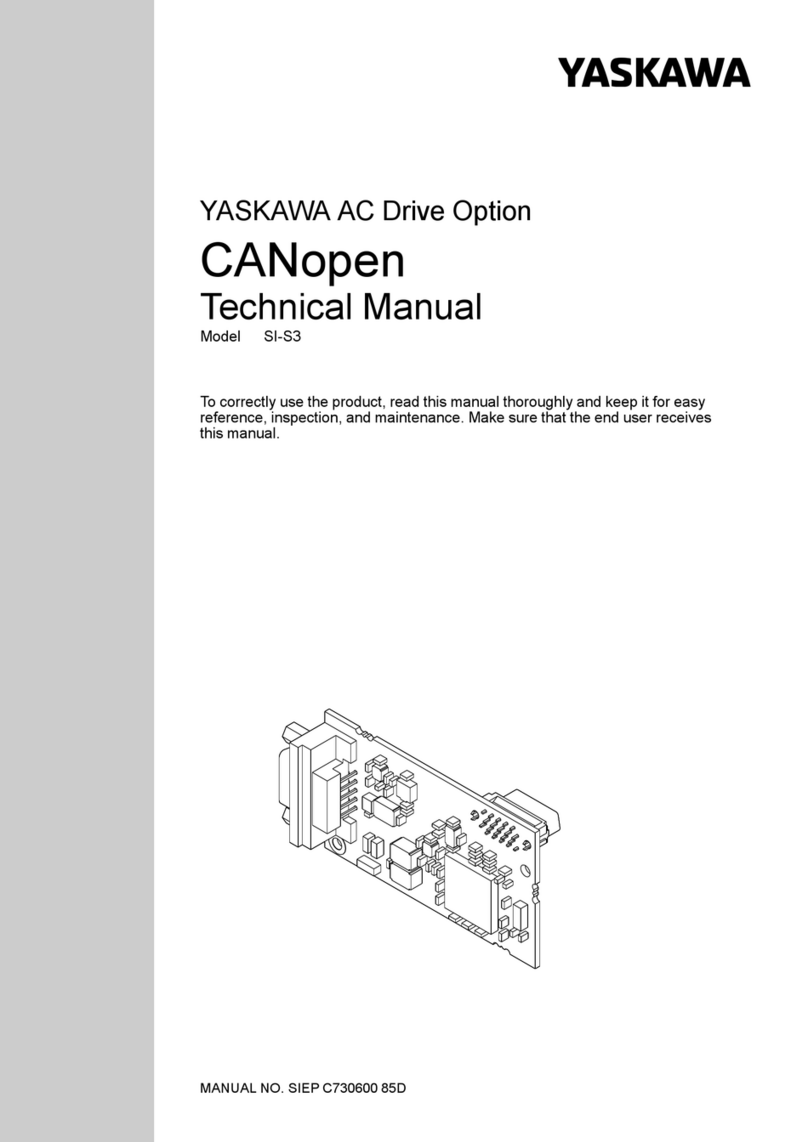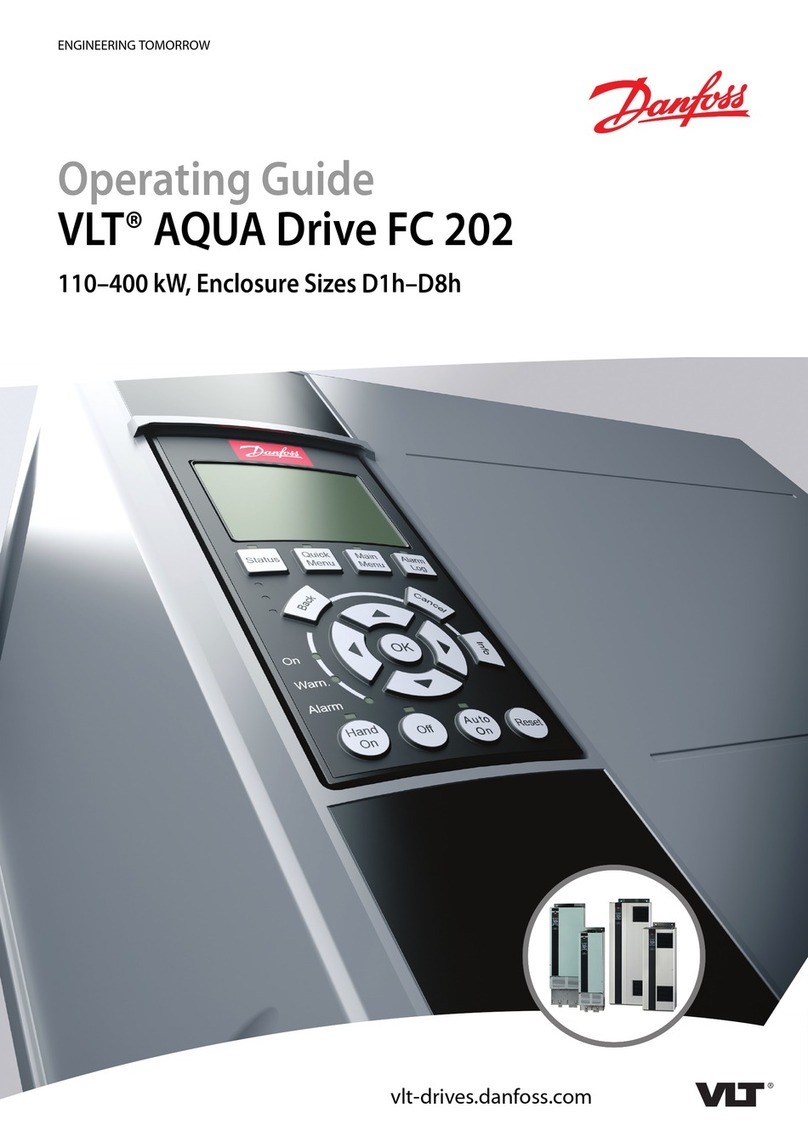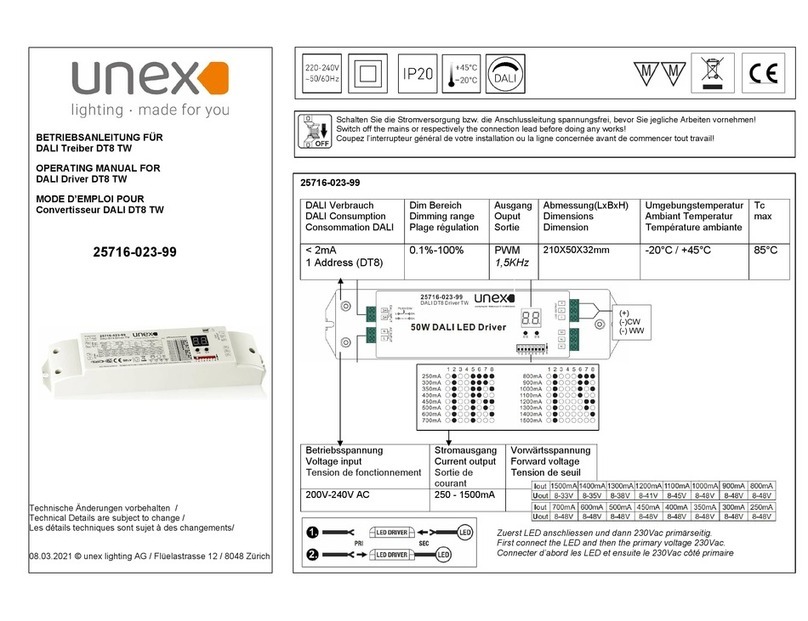
2 Safety
2.1 Safety
2.1.1 Safety Note
The voltage of the frequency converter is dangerous whenever connected to mains. Incorrect installation of the motor, frequency converter
or network may cause damage to the equipment, serious personal injury or death. Consequently, the instructions in this manual, as well as
national and local rules and safety regulations, must be complied with.
Safety Regulations
1. The frequency converter must be disconnected from mains if repair work is to be carried out. Check that the mains supply has been disconnected and
that the necessary time has passed before removing motor and mains plugs.
2. The [STOP/RESET] key on the keypad of the frequency converter does not disconnect the equipment from mains and is thus not to be used as a safety
switch.
3. Correct protective earthing of the equipment must be established, the user must be protected against supply voltage, and the motor must be protected
against overload in accordance with applicable national and local regulations.
4. The earth leakage currents are higher than 3.5 mA.
5. Protection against motor overload is set by par. F-10 Electronic Overload . If this function is desired, set par. F-10 Electronic Overload to data value
[Electronic Thermal Overload trip] (default value) or data value [Electronic Thermal Overload warning]. Note: The function is initialized at 1.16 x rated
motor current and rated motor frequency. For the North American market: The Electronic Thermal Overload functions provide class 20 motor overload
protection in accordance with NEC.
6. Do not remove the plugs for the motor and mains supply while the frequency converter is connected to mains. Check that the mains supply has been
disconnected and that the necessary time has passed before removing motor and mains plugs.
7. Please note that the frequency converter has more voltage inputs than L1, L2 and L3, when load sharing (linking of DC intermediate circuit) and external
24 V DC have been installed. Check that all voltage inputs have been disconnected and that the necessary time has passed before commencing repair
work.
Installation at high altitudes
Installation at high altitude:
380 - 500 V, unit sizes 1x, 2x and 3x: At altitudes above 2 km, please contact GE regarding PELV.
380 - 500 V, unit sizes 4x, 5x and 6x: At altitudes above 3 km, please contact GE regarding PELV.
525 - 690 V: At altitudes above 2 km, please contact GE regarding PELV.
Warning against Unintended Start
1. The motor canbe brought to a stop by means of digital commands, bus commands, references or a local stop, while the frequency converter is connected
to mains. If personal safety considerations make it necessary to ensure that no unintended start occurs, these stop functions are not sufficient.
2. While parameters are being changed, the motor may start. Consequently, the stop key [STOP/RESET] must always be activated; following which data
can be modified.
3. A motor that has been stopped may start if faults occur in the electronics of the frequency converter, or if a temporary overload or a fault in the supply
mains or the motor connection ceases.
Warning:
Touching the electrical parts may be fatal - even after the equipment has been disconnected from mains.
Also make sure that other voltage inputs have been disconnected, such as external 24 V DC, load sharing (linkage of DC intermediate circuit), as well as the motor
connection for kinetic back up. Refer to the Operating Instructions for further safety guidelines.
AF-600 FP LonWorks
3
2
